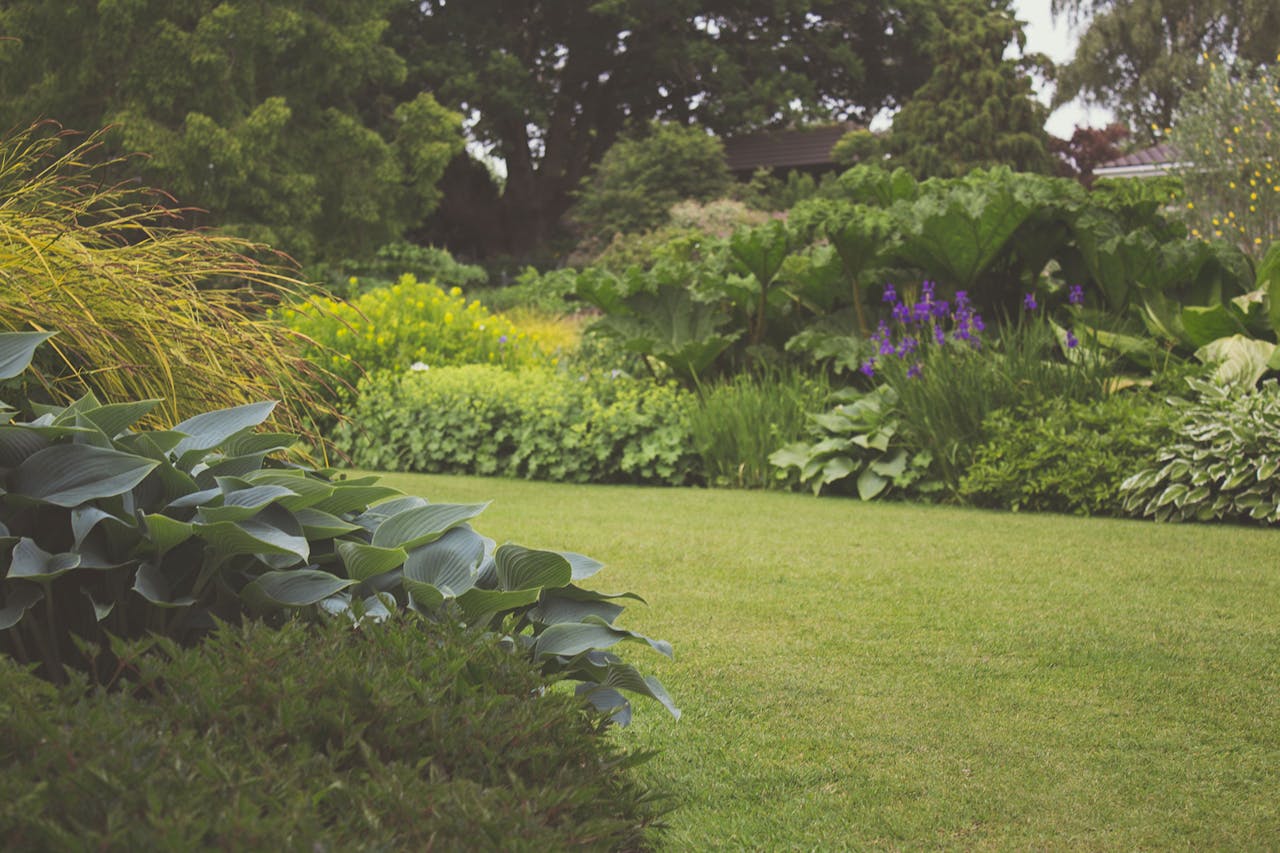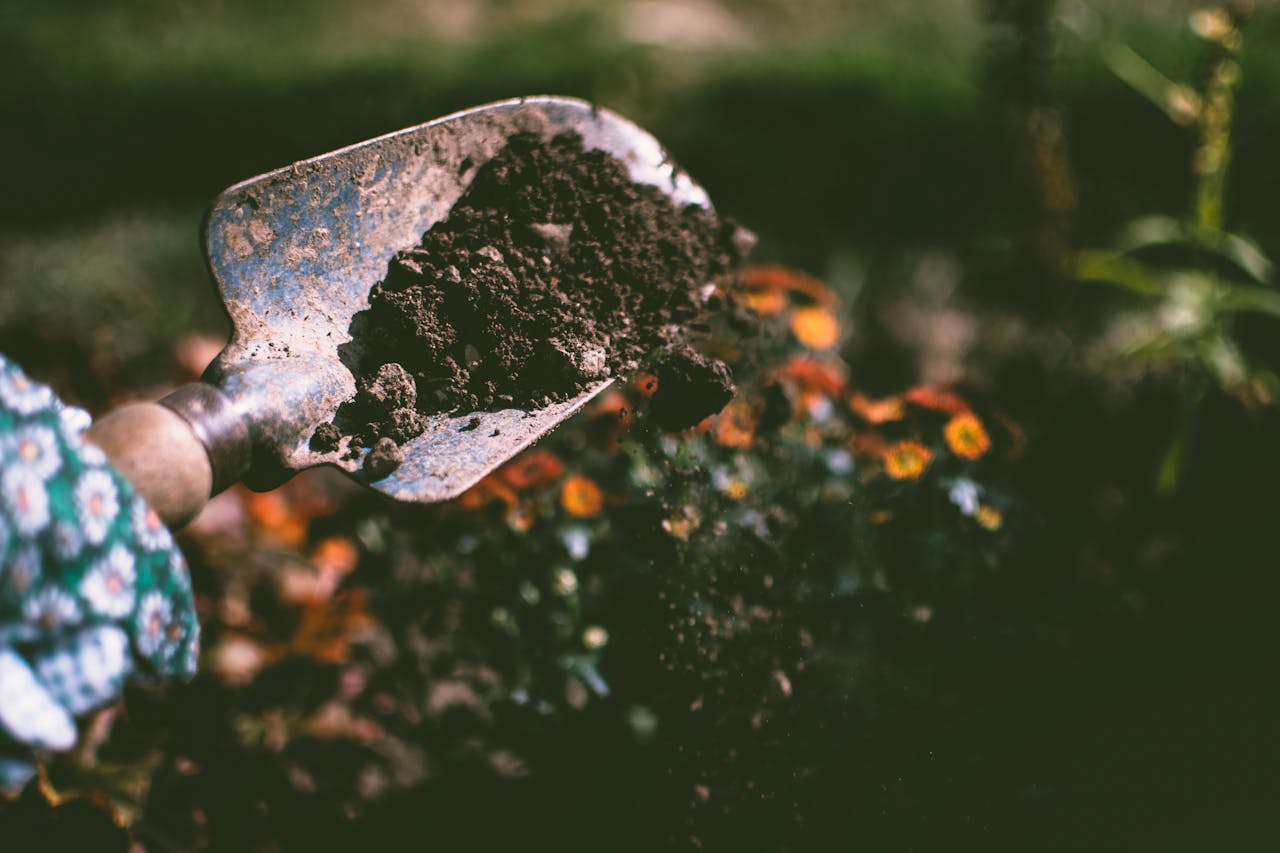How Can I Create a Shared Garden in My Co-Living Space?

Imagine stepping out of your co-living apartment and into a lush, green oasis right in your backyard. A shared garden where you can pick fresh herbs for your dinner, relax with a book under a shady tree, or chat with your neighbours over a cuppa. Sounds idyllic, doesn’t it? Well, creating such a space in your co-living arrangement is not only possible but also incredibly rewarding. This blog will take you through the process of creating a shared garden that will beautify your living space and build community for its residents. Whether you are a gardening pro or a complete beginner, we've got you covered. So, let's get digging!
The Perks of a Shared Garden in the Co-Living Space
Being a trend in Australia, co-living shared gardens are becoming fast favourites. And it is no great surprise! One of the biggest merits of a shared garden is that it helps foster a sense of community amongst co-living spaces, which draws people from all walks of life. Hence, it becomes a location that residents can go to with shovels in hand, despairing over gardening tips, or simply forging friendships. Imagine planting seeds with your neighbours; all those seeds germinating along with the gardeners must be something.
And then, there's the perk of fresh, homegrown produce. Who wouldn't want to swap the concrete jungle for a little slice of paradise right outside their door? Imagine the satisfaction of harvesting your own tomatoes, basil, or even native beauties like kangaroo paw. Not only does this save you a trip to the shops, but it also means you're eating the freshest, most organic goodies around. Else, a good garden might work some magic in lifting the spirits of your co-living space, actually making it an enjoyable place to be at. Oh, and spending time in nature is a scientifically proven stress buster; I think we should have more of that!
Sharing the Garden Plan
More planning yields less digging. Here's getting you started.
Choose the Right Location
You will want to go around your co-living space and search for a spot that gets ample sunlight—at least six hours should be perfect. Check the soil quality too, and make sure it's a place everyone can get to without much hassle. Container gardens or vertical setups can be the magic tricks for smaller areas, so if it really feels too restricted, don't fret.
Decide on the Type of Garden
Next, figure out what kind of garden you want. Will it be a veggie patch, a flower haven, or a bit of both? Chat with your fellow residents to get a sense of what they would like, and keep your local climate in mind. Weather in Australia differs quite abruptly; hence, do give some thought to whether plants you intend to grow will really be able to cope with your end of the country. For instance, in super sunny places like Queensland, drought-resistant plants such as succulents or native grevilleas might be your way to go. On the other hand, hardy types will fare best in cooler climes like Tassie, so think kale or broccoli.
Design the Layout
Then again, you'll have to figure out how the garden will function. Raised beds have the advantage of being easy to plant in and maintain, especially if the soil's a bit dodgy. A small seating area could be just the thing for relaxing and soaking in the ambience of the established community. Composite deck boards work wonders here. These are durable, pretty much maintenance-free, and great for making walkways or a tiny deck spot. They complement the green space with a stylish yet natural look.
Select Your Plants
Choose the plants that are right for your climate and for the amount of time your community can commit to. If you're a busy bunch, then low-maintenance options like rosemary, lavender, or native grasses might be your go-to. On the other hand, if you have a fair bit of time, growing veggies such as tomatoes, lettuce, and zucchini can really bring in the rewards. And throw in a few pollinator plants like marigolds or sunflowers—they'll encourage bees and butterflies that will keep your garden alive and buzzing.
Creating the Shared Garden
Now that you have your plan, take the gloves off.
Prepare the Space
Clear out the weeds, any rocks, or other detritus that might just interfere! If raised beds or pots are in your plans, assemble those and fill them with good soil and some compost. If you're planting straight into the ground, you'll want to mix in a good amount of organic matter, like compost, into the soil.
Plant and Set Up
Consider your planting instructions very closely: make sure you respect the spacing and the depth; water generously after planting—and if you've got extra bits like trellises for climbers or a bench for chilling, pop 'em in now.
Organise Maintenance
Set up a roster to water, weed, or harvest the garden to keep it flourishing. This unburdens individuals and gets them invested from the start. Use a shared calendar or a group chat to keep everyone on track. Remember, gardening is a learning curve, so don't sweat those occasional slip-ups; it's all part of the fun!
Reacting to Hiccups
There will be a few hiccups on the road to a shared garden, especially when it comes to group effort. Here's how to sort out a few curveballs.
Making the Work Get Done by All
And then, pull together a couple of drinks and hold regular garden catch-ups, always divvying up tasks and checking in on progress. Better yet, have a rotating "garden champ" each month to keep things ticking.
Balancing Different Tastes
Some people value the neat and orderly, while others might prefer an expression that is artistic and wild. Work through it as a group and come to a compromise. After all, the absorption of a co-garden reflects the mixed culture of its caretakers.
Counteracting Pests and Diseases
Through the warm climate, Australia has introduced pests like those aphids from snails, including a fungal one here and there. Opt for some green solutions like companion planting—the marigolds are wonderful at driving away the pests—or a natural spray such as neem oil. Encourage vigilance such that everybody keeps an eye on the garden and tackles problems as they arise.
Tools and Resources You Will Require

The Must-Haves:
- Gardening gloves to protect hands
- Trowels and hand forks for planting and weeding
- Watering equipment: can or hose with a fine spray
- Shed or storage area to keep all gardening paraphernalia in tidy order
- Good soil and compost
- Seeds and seedlings appropriate for your area
- Mulch: it retains moisture and fends off weed growth
If the budget allows:
- Gardening kits for raised beds or large containers will make implementation easier.
- If possible, give local nurseries or gardening groups a visit for plants and advice specific to your area.
Dig Deeper! Begin With Your Shared Garden Today.
Creating a shared garden in your co-living space makes for a great opportunity to insult your environment, strengthen your community spirit, and share gardening bliss. It takes work and commitment, but think about it: freshies to snack on, a gorgeous outdoor retreat, and new friends. That should sell it! So, why don't you go rally your fellow residents, start sketching, and watch the shared garden bloom?
Are you already working on your shared garden? Or, got some smashing tips to toss in? Comment below; we'd love to hear from you!